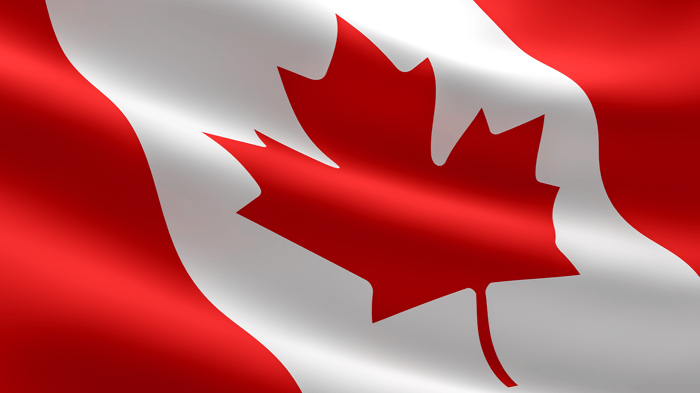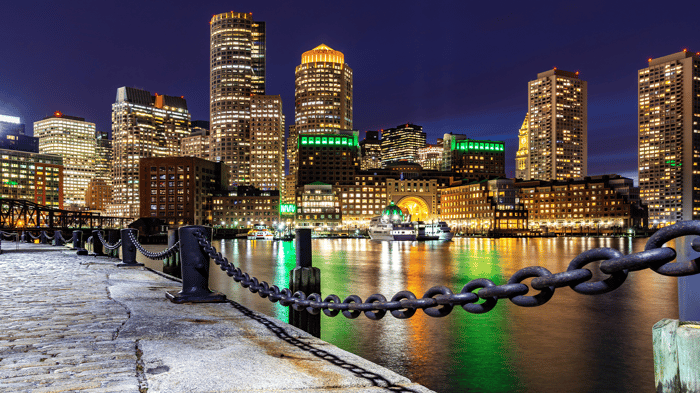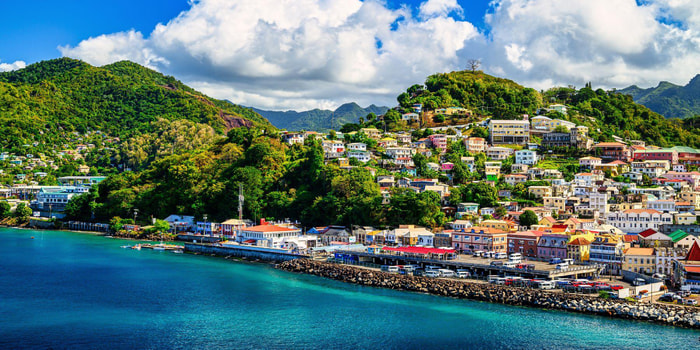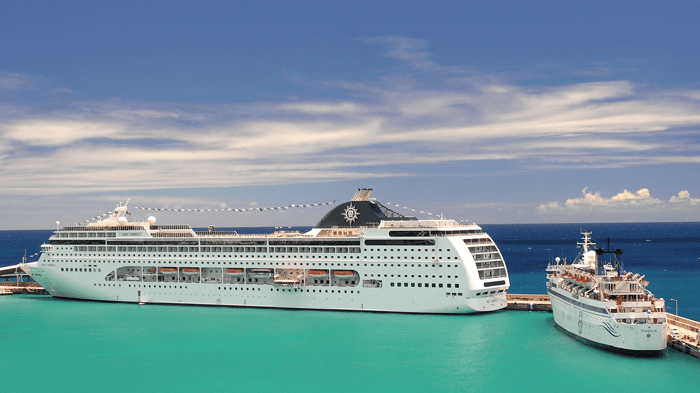28-Day New England Discovery & Perfect Caribbean Escape


Classic nautical finishes, modern amenities and a spectacular art collection make Zuiderdam a continued favourite. Numerous enrichment and entertainment activities keep guests going from the moment they wake on this cruise ship.
Holland America Line, which has been sailing for 150 years, visits 400 ports in 114 countries every year. Dutch heritage shines through in some of the $4million-worth of artwork to be seen onboard, complimenting the luxurious cruise experience.
Live music remains HAL's forte, with venues including the Rolling Stone Rock room and BB King's Blues Club. For foodies, a wide range of restaurants serve the finest of fayre.




















Classic nautical finishes, modern amenities and a spectacular art collection make Zuiderdam a continued favourite. Numerous enrichment and entertainment activities keep guests going from the moment they wake on this cruise ship.
